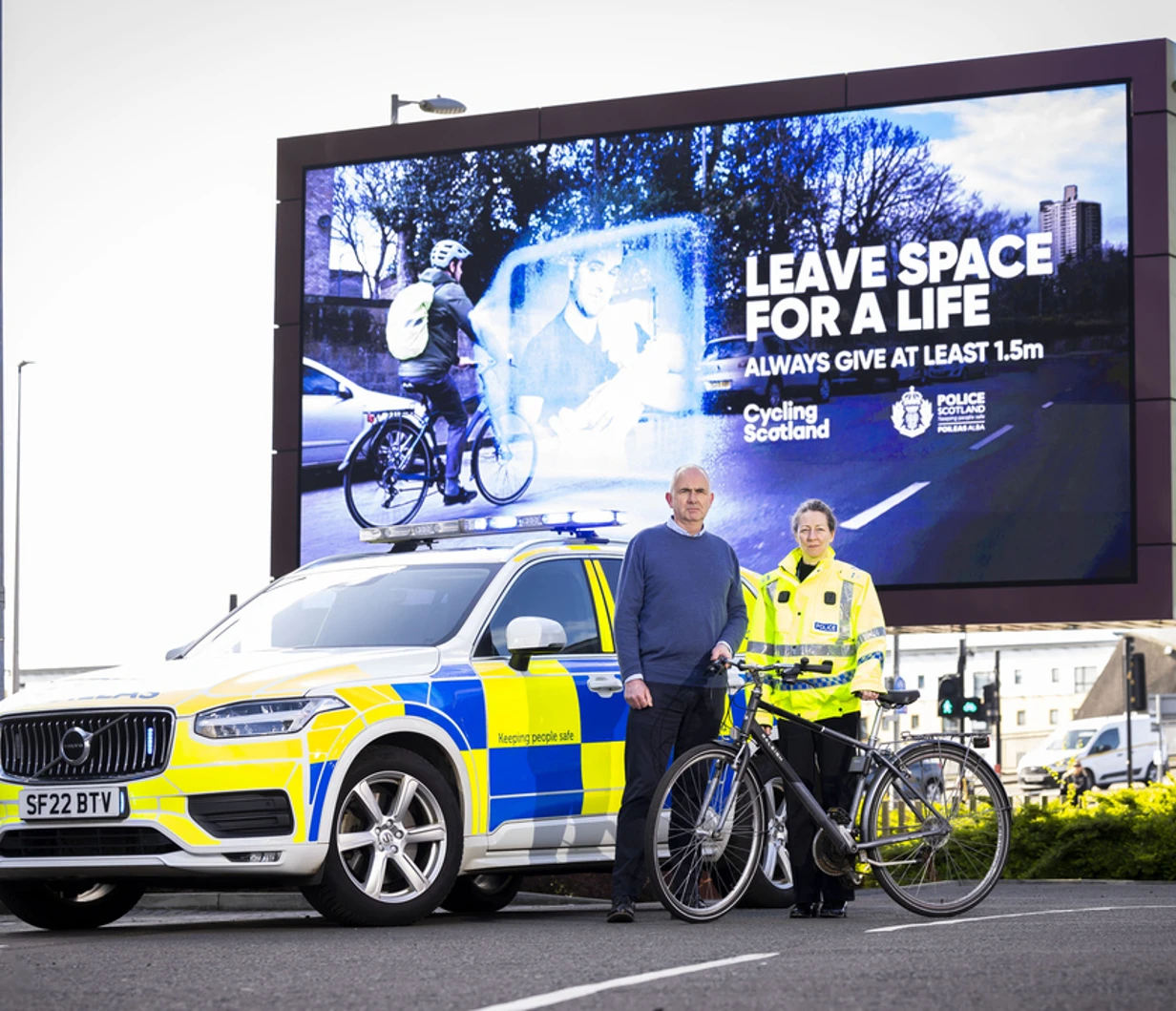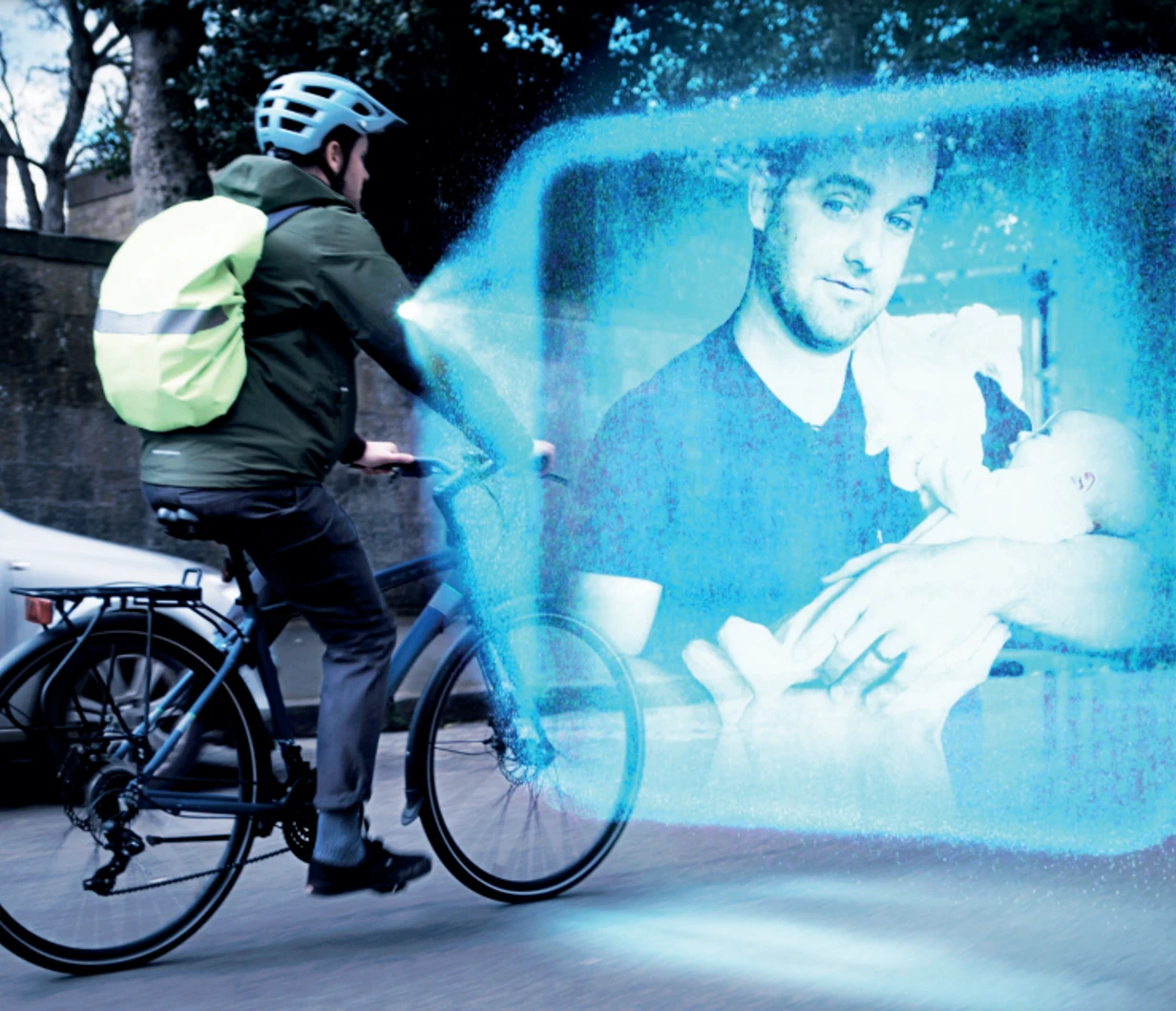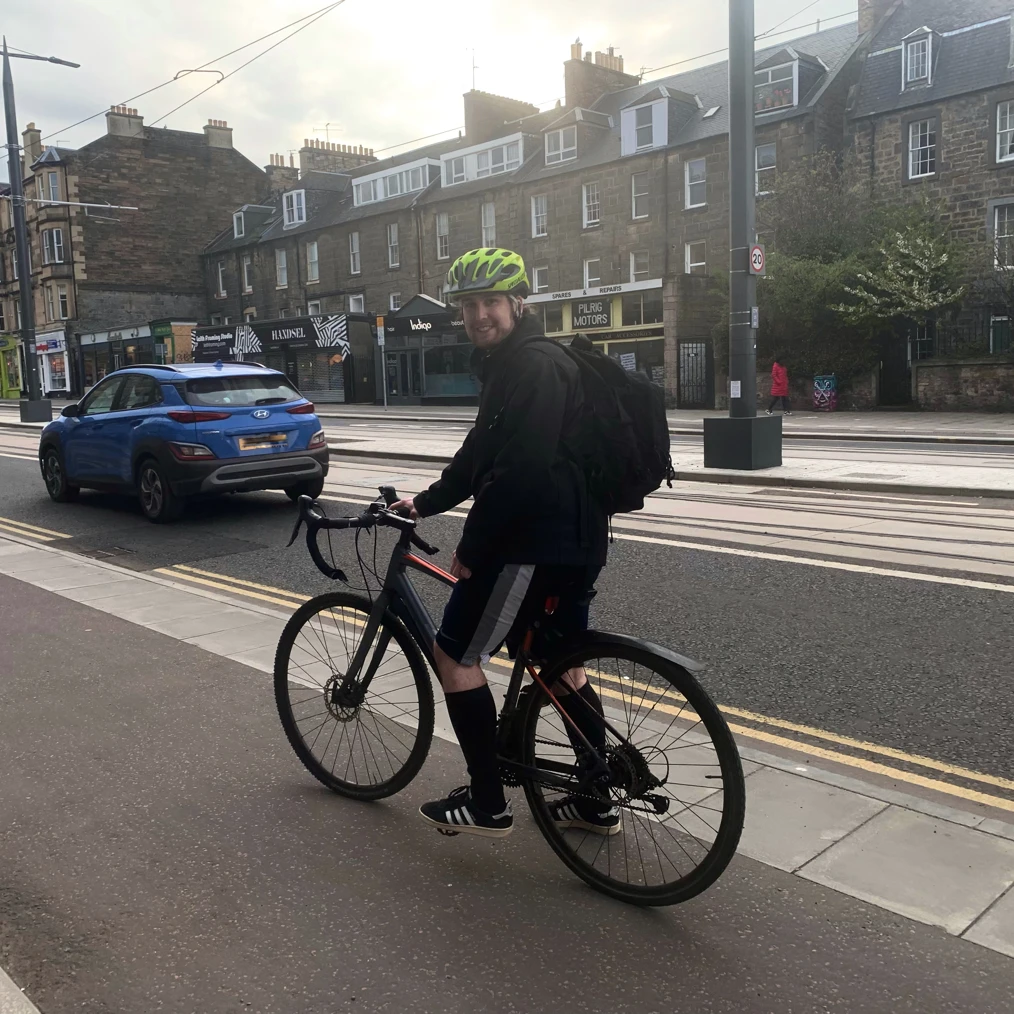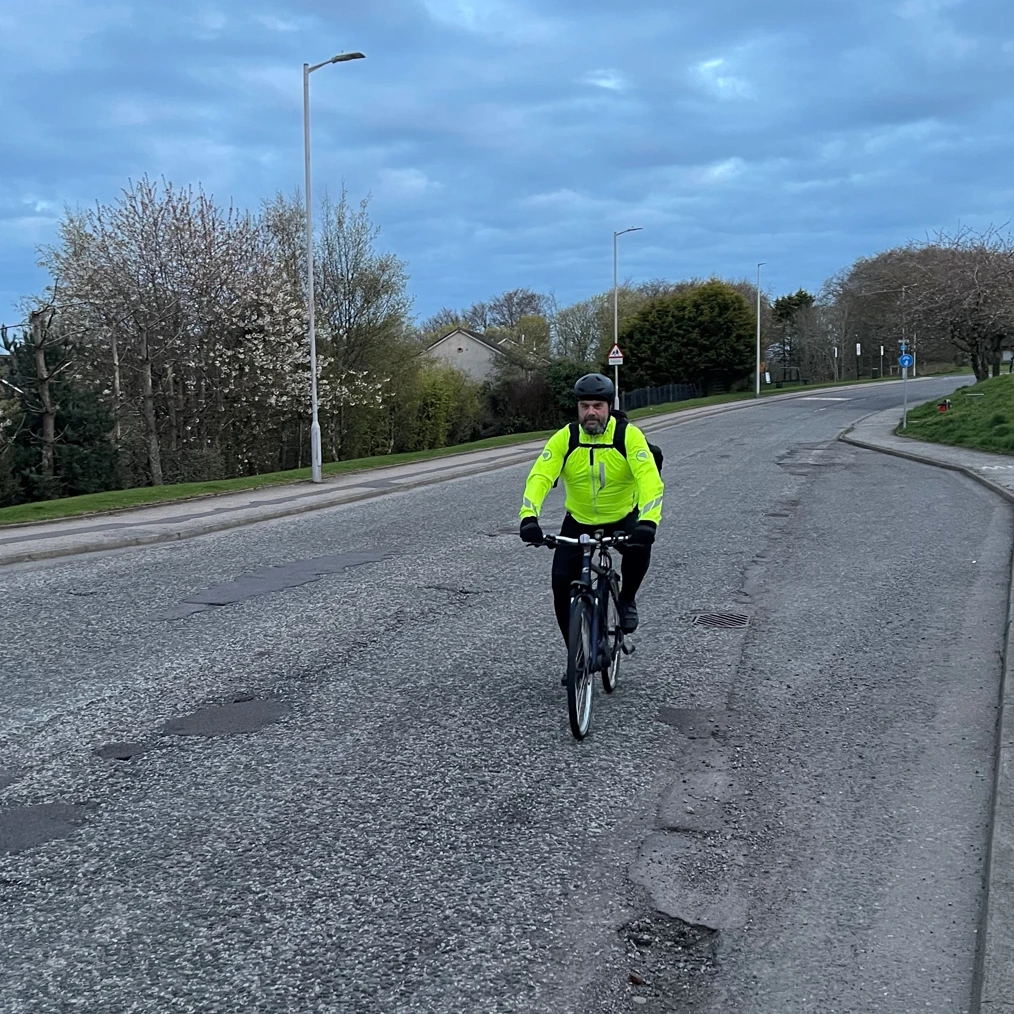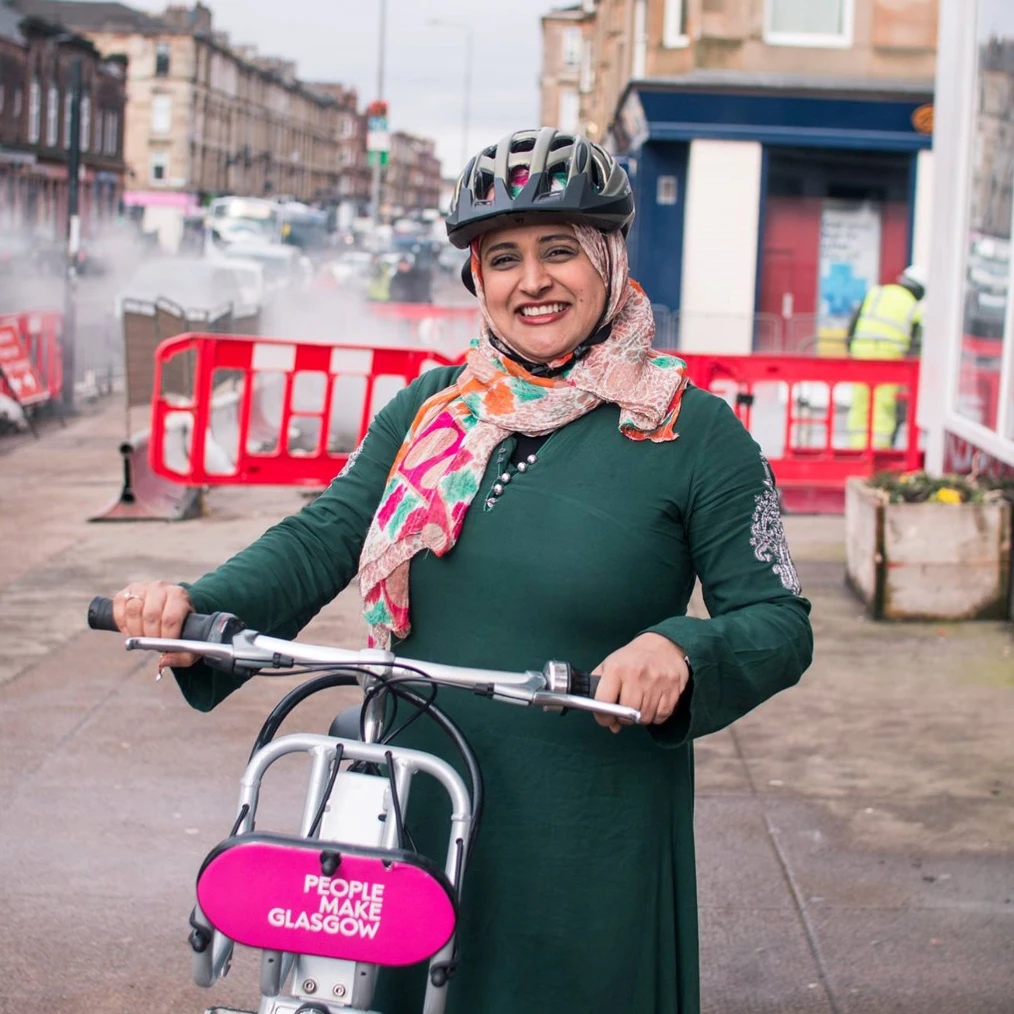
As a person who cycles and drives, I think about both when I make choices on the road. I believe Scotland’s roads would be a lot safer if all drivers had this perspective - especially if they knew how frightening it was when a car passes too closely.
Shgufta Anwar
Women on Wheels
